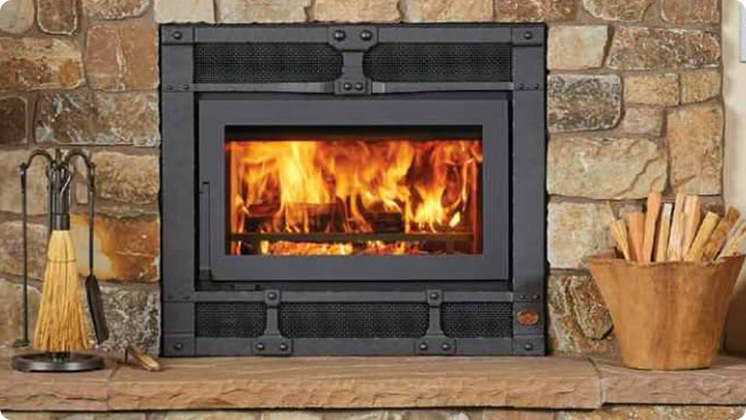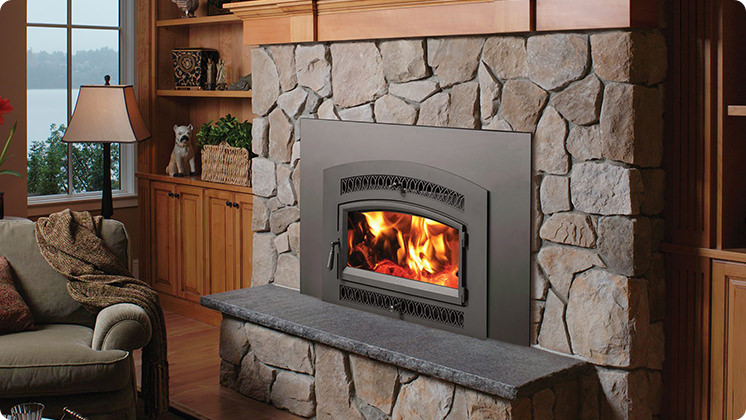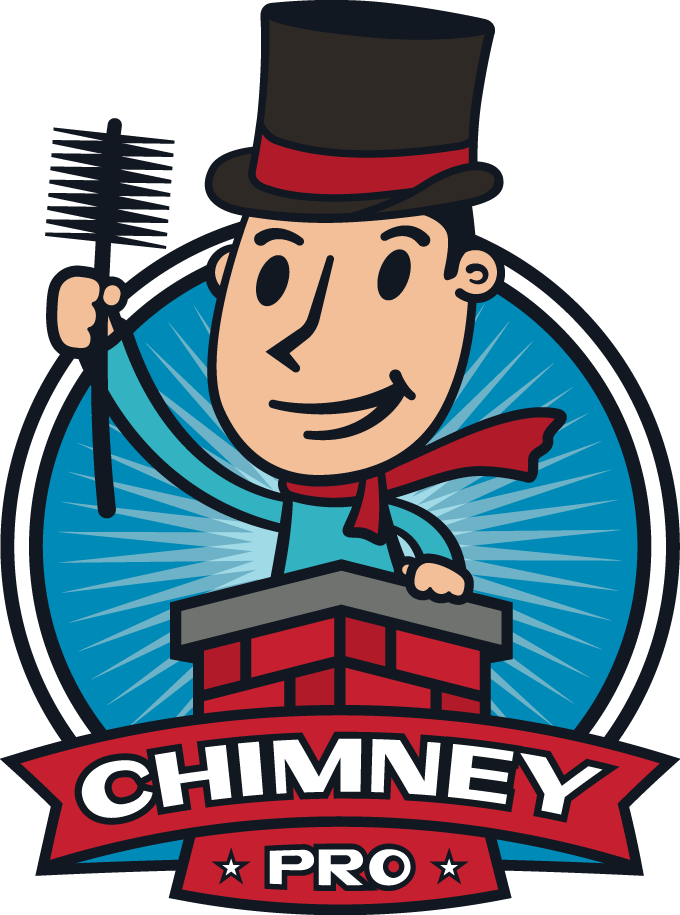Maintenance Tips
The most important thing you can do to maintain your fireplace is to have your chimney inspected and cleaned every year by a qualified professional. This will reduce the risk of fire and carbon monoxide poisoning due to buildup of creosote or obstructions within the chimney, advises The Chimney Safety Institute of America. Aside from an annual wood burning fireplace inspection, here are some more things you can do in the interest of safety:
- Install smoke and carbon monoxide alarms and make sure they work. Replace batteries twice a year.
- Place a guard in front of the fireplace to keep kids and pets away, and keep combustible materials like carpets, drapes and furniture away when the fireplace is in use.
- Clean ash from the fireplace at the bottom of the grate, as it can restrict airflow.
- Test the function of your fireplace regularly. Light some small pieces of seasoned wood from the top down. Does the smoke exit vertically up the chimney? That’s good. Does it come back into the room? This can be bad. It can indicate a buildup of creosote and soot, or other debris like birds’ nests. Also, your damper could be completely or partially closed, or perhaps the wood you’re using is wet.
- Burn hardwoods rather than softwoods. That’s because hardwoods like oak, ash and maple are denser and heavier, providing more heat than lighter softwoods such as pine, poplar and cedar.





